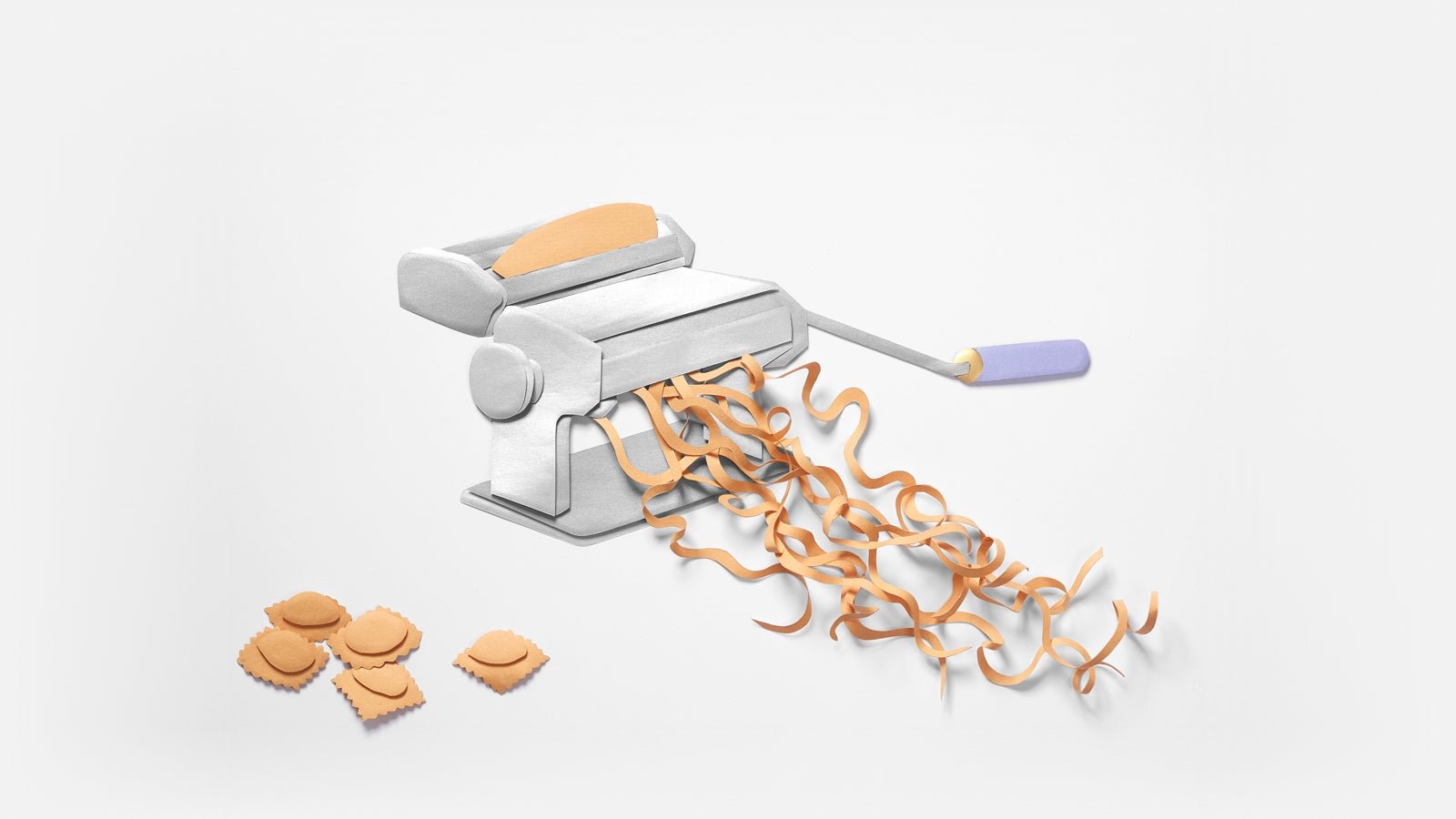How to give the gift of true quality time
This story is part of our guide to five gift-giving philosophies to help you find the perfect gift.


This story is part of our guide to five gift-giving philosophies to help you find the perfect gift.
In September, my best friend Kim and I spent the afternoon learning to make fresh handmade pasta from a Neapolitan woman in London. My birthday was back in July, but for one extra day, months later, I felt important and special all over again.
Kim knows I love pasta, deeply. She could have gotten me a giant serving bowl, a hand-cranked pasta machine, or a cookbook—all of which would have made my tiny flat even more crowded. She could have taken me out for dinner, but that would have been done in a flash. Instead, over the course of the afternoon we made whole wheat orecchiette from scratch, and learned pasta-making essentials I’ve returned to again and again.
The best part was the chance to spend an afternoon alone with a good friend. We struggle to divide our time between work, friends, family, and other obligations. But for a few hours, the class compelled me to let go of my schedule, relax, and spend time only with Kim. No interruptions.
A gift that keeps on giving
As we settled into class, the teacher explained that pasta can be nutritious, rather than just a carb-ridden guilt-fest—what a gift, indeed. We used a simple 2:1 mixture of whole durum wheat flour to water. The flour we used had a high protein content—about 14g of protein per 100g of pasta—which we learned is key to determining the quality. Often the store-bought stuff can contain as little as 3g of protein, suggesting loads of chemical additives.
This is the kind of information I never would have learned had Kim simply bought me a cookbook. Even if it had this level of detail, to be honest, I probably would have skipped over those bits.
We learned how to properly knead the mixture into pasta dough, and roll and shape it into orecchiette. (In between, we had a break to let the dough rest, during which we decamped to the nearest bar for a “birthday” glass of Prosecco.) Then it came to cooking. The teacher instructed us that once the water was boiling, we should make it as salty as the Mediterranean sea. This would raise temperature of the water even higher, so the pasta would take only a few seconds to cook. We popped it into the pan, and scooped out the pieces as they rose to the surface moments later, delighted. We ate our orecchiette with a simple garlic, broccoli, and anchovy sauce, and marveled at our handiwork, vowing to repeat the process at home.
How to give a good experience
A pasta-making class, of course, would not be the perfect gift for just anyone. Think about how you usually spend time with your gift recipient. Do you eat a particular cuisine? Frequent wine bars? Go to exercise classes? Or what do you talk about: Books? Movies? World-changing ambitions? A desire to just relax? Any of these insights could help you make something, learn something, or see something new together.
To make it special, try to indulge in an activity you and your giftee might not otherwise create the time and space for. Some go-to ideas I’ve used are theatre trips, author talks, day trips, and concerts. Film screenings with live orchestras tend to go down a treat as does anything involving food or drink, such as wine tastings, food tours, and baking classes. And in the winter months there’s nothing quite like an afternoon at the spa.
The main part of the experience gift is time spent together. For me, the gift of the pasta-making class was not only the knowledge it brought, but also the memories it revives every time I eat pasta. Which is a lot.